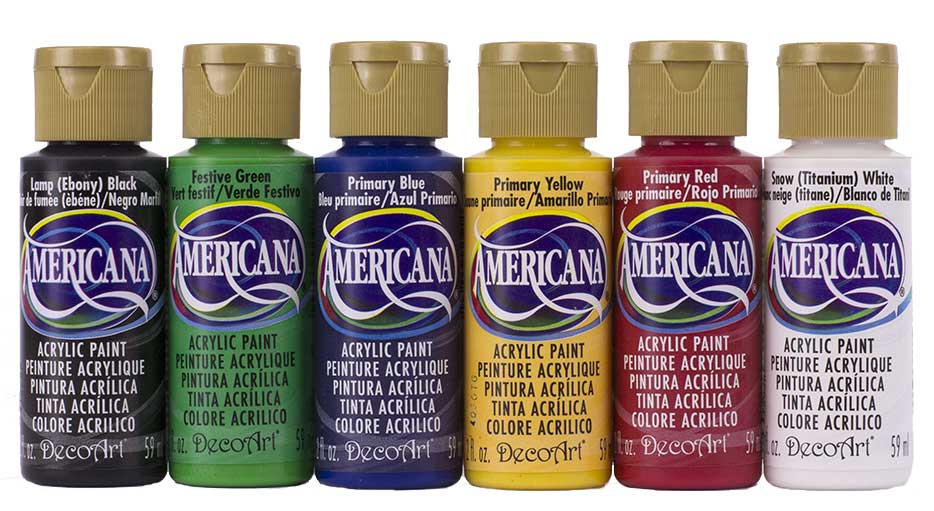Materials Monday: Adhesives
Michael MacWolff
Welcome back for more materials review here at Mikey Does Cosplay. This month I'm going to outline the different types of adhesives I use, how to use them, and what sorts of things they should be used for.
I know I talked about mod podge last time with the finishing products, but I use mod podge just as much as an adhesive. Mod podge works best when the pieces you're gluing together can be pressed or clamped so that they stay in place. This is because it's a fairly wet glue and takes some time to dry, so things can shift or separate if you're not careful. Also, if you're using paper or cardboard, the mod podge can cause it to curl or wrinkle, so it's best if you can use a flat, heavy object (like an encyclopedia or something similar) to keep things flat. I use mod podge a lot with foamcore board when I'm layering the boards together, as well as when I use compressed paperboard (i.e. cereal boxes) or craft foam for raised details. in all of these cases it's best to be able so clamp the pieces, or flatten them with a book or other heavy object to keep things in place and make sure the bond is secure.
E-6000 is useful when you need a strong bond between different pieces. I usually use this when I'm attaching metal or plastic pieces because mod podge just doesn't stick to those materials. It's also nice because it creates a flexible bond, so if you have something that needs to bend, it'll allow for that without the bond letting go. The major downside is that it takes a long time for it to set, so things need to stay nice and steady or they might shift on you. One good method for preventing that is to put the E-6000 on your piece, mush the piece you're attaching onto it to so that the glue is on both pieces, and then separate them again for about 2-3 minutes. When you press the pieces together again, they should stay put much better while the glue finishes drying.
**E-6000 will melt open-cell foams, so don't use it unless you have a sealant coat. Closed-cell foam (EVA and craft foam) are fine.
**E-6000 has a pretty potent odor so I'd recommend using it in well-ventilated areas
Hot glue is the only real instant gratification of adhesives, but with the downside of it being a much weaker bond than our other choices. If you need a strong bond between your materials, this probably isn't the way to go, however it is very useful for certain materials. I use hot glue a lot with craft foam, because it bonds fairly well to the foam and adheres quickly. It's generally strong enough (especially if you're gluing two pieces of foam together) that you shouldn't have any issues with things falling apart. It's best when you're going to cover the whole piece with worbla, because then the bond is ultimately superfluous anyway, once the worbla cools and hardens. Hot glue is also useful when attaching fabric, because of the porous nature of the fabric. You just have to be careful not to get any hot glue in places you don't want, because it's nearly impossible to get hot glue off of fabric once it's on there.
Along with E-6000, contact cement is one of the strongest adhesives you can use. The way to use contact cement is to paint a layer on each surface you're bonding, and then let it sit for about 20-30 minutes. Once that time is up, you press the pieces firmly together and it creates a strong bond between them. You generally want to leave it for an hour or so after you've pressed the pieces together, before you mess with it too much, but it's not going to go anywhere without a decent bit of force trying to separate the pieces. This is useful when you're bonding pieces that aren't flat or easy to clamp together, because you let the pieces dry separately, and then when you press them together they will stick without shifting. You just have to be careful to place it correctly because it will be difficult to fix once the pieces are pressed together.
**Contact cement will melt open-cell foams, so don't use it unless you have a sealant coat. Closed-cell foam (EVA and craft foam) are fine.
**Contact cement has a very strong odor so you should always make sure you're in a well-ventilated area when you're using it. I've given myself headaches with this stuff before so be smart and be careful.
I use these 4 adhesives pretty exclusively on my projects but there are plenty of other good ones out there that I'm less familiar with. If you have any you like to use that I haven't mentioned, let me know so I can share with my followers!














